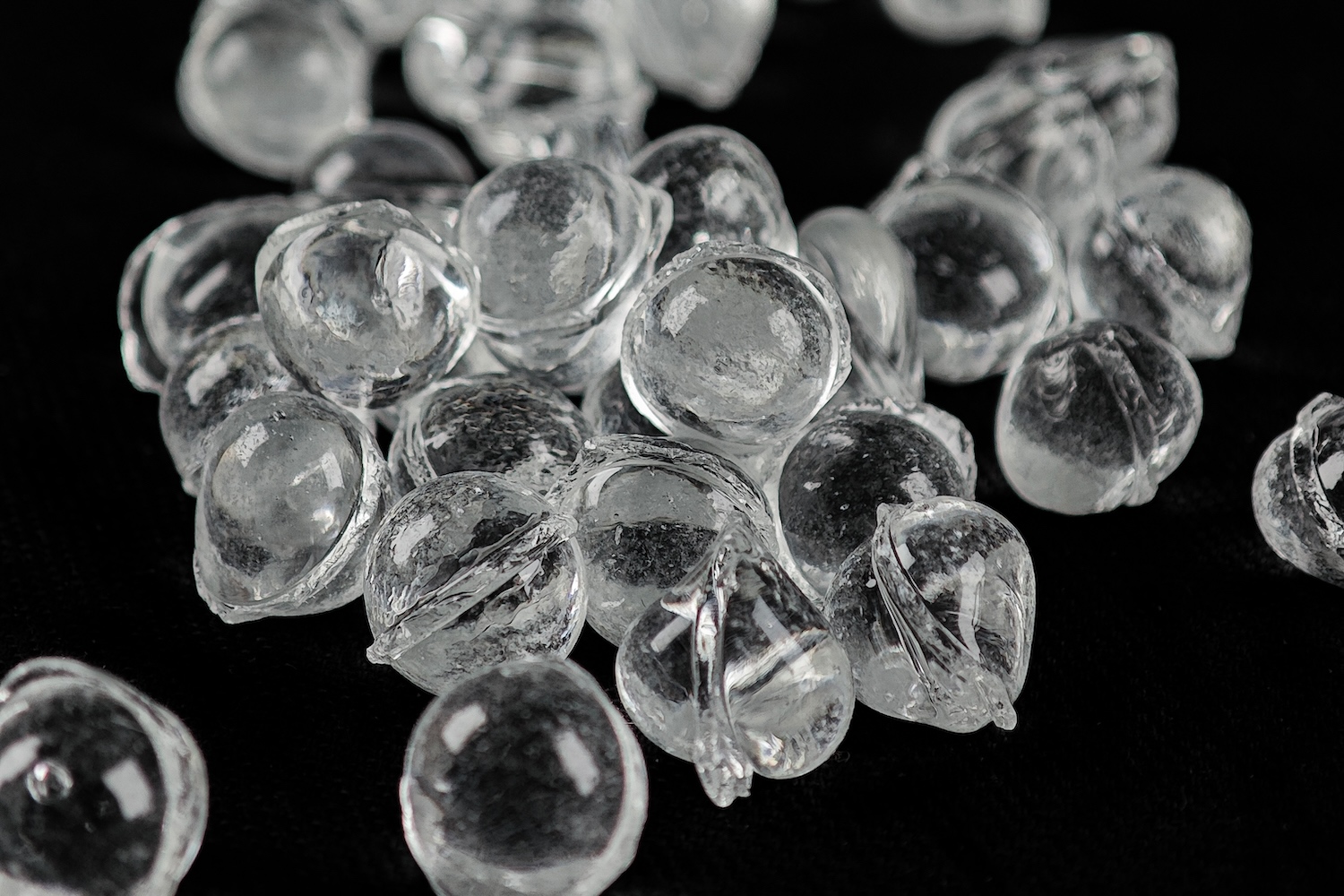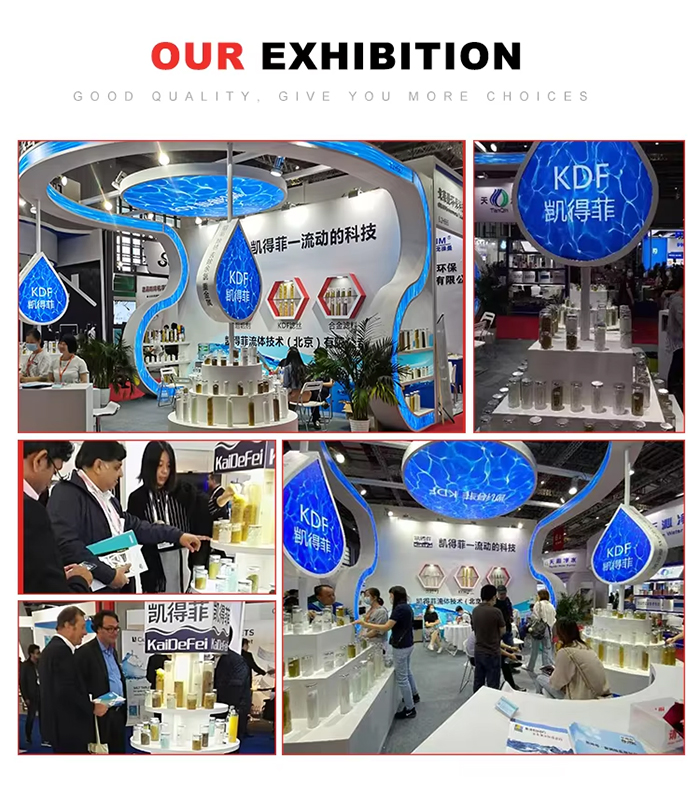Antiscalant balls are solid, slow-release water treatment agents made of polyphosphate or phosphonate, designed to inhibit scale formation in membrane systems, heat exchangers, and pipelines. KAIDEFEI Siliphos balls can extend system life and reduce maintenance frequency, with dissolution periods of up to 2 years.
、、、

What Are Antiscalant Balls?
Antiscalant balls are a type of solid slow-release antiscalant for water scale prevention, primarily composed of polyphosphates or phosphonates, used for water pretreatment to inhibit the formation and deposition of scale-forming ions such as calcium and magnesium, thereby protecting the long-term stable operation of membrane separation, heat-exchange, and pipeline equipment
Their mechanism of action includes threshold inhibition, crystal modification, and dispersion, which allow molecular-level intervention in the scaling process
Antiscalant balls are widely used in household water purification systems, reverse osmosis (RO) systems, cooling towers, and boiler feed-water treatment Because of their “solid slow-release, continuously effective” characteristics, the dissolution time of the balls directly determines the duration of scale protection and the maintenance frequency, making it a critical factor for users in product selection, system operation, and maintenance scheduling
How Do Antiscalant Balls Prevent Scale?
Threshold Inhibition: Antiscalant balls release active agents that keep dissolved salt ions in a supersaturated state, effectively delaying or preventing the nucleation of scale-forming crystals. This allows water to carry more hardness ions without forming solid deposits.
Crystal Modification: The antiscalant molecules alter the shape and structure of salt crystals as they begin to form, making them less dense, irregular, and less likely to adhere to membrane or pipe surfaces. This helps prevent the accumulation of hard scale in RO membranes and other equipment.
Dispersion: By interfering with the aggregation of scale particles, antiscalants help keep tiny crystals suspended and dispersed in the water. This reduces the chance of particle buildup and allows them to be flushed away rather than forming large, adherent scale deposits.
Key Factors Affecting the Dissolution of Antiscalant Balls
1. Water Hardness:
The overall carbonate hardness (KH) significantly influences the dissolution rate of antiscalant balls. Higher water hardness accelerates the release of active ingredients, as increased concentrations of calcium and magnesium ions react more readily with polyphosphate-based compounds.
2. Water Temperature:
Temperature plays a crucial role in chemical solubility. As water temperature rises, the dissolution rate of antiscalant balls increases correspondingly. Warmer conditions enhance molecular movement, speeding up the release of scale-inhibiting agents.
3. pH Level:
A neutral to slightly alkaline pH range of 6.5–8.5 is optimal for controlled dissolution. Within this range, the stability of polyphosphate and phosphonate compounds is maintained, ensuring effective and sustained antiscalant performance.
4. Flow Dynamics & Contact Time:
The speed and pattern of water flow around the antiscalant balls impact how evenly they dissolve. Slower flow rates and longer contact times allow for more uniform and consistent release, whereas turbulent or high-speed flows may cause uneven or premature dissolution.
5. Ball Size & Shape
Irregular or oversized antiscalant balls may lead to the “milky water” phenomenon, caused by uneven dissolution and localized over-release of active compounds. Uniform, appropriately sized spheres ensure a consistent slow-release rate, improving both water clarity and scale inhibition performance.

Best Practices for Using Antiscalant Balls in Water Treatment
Standard types of antiscalant balls—also known as Siliphos balls or polyphosphate balls—can steadily release active agents over a period of 3 to 6 months in household or small-scale RO systems. Their dissolution rate is influenced by multiple factors including water hardness, temperature, pH level, flow rate, and ball size.
We recommend assessing your system’s water hardness and flow rate to appropriately determine the quantity of antiscalant balls required. Establish a monthly inspection routine and a replacement cycle of every 3 to 6 months to ensure optimal performance.
KAIDEFEI polyphosphate antiscalant balls are manufactured using food-grade materials throught high-temperature sintering, achieving a scale prevention rate of up to 98%, and are certified by NSF, FDA, and REACH. They are safe, reliable, and offer a dissolution period of up to 2 years.
Select the appropriate model of antiscalant balls based on actual water treatment needs to extend membrane lifespan and improve operational efficiency.
Contact Us




